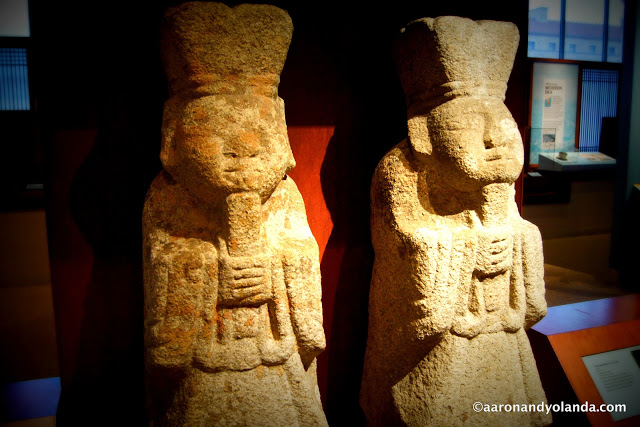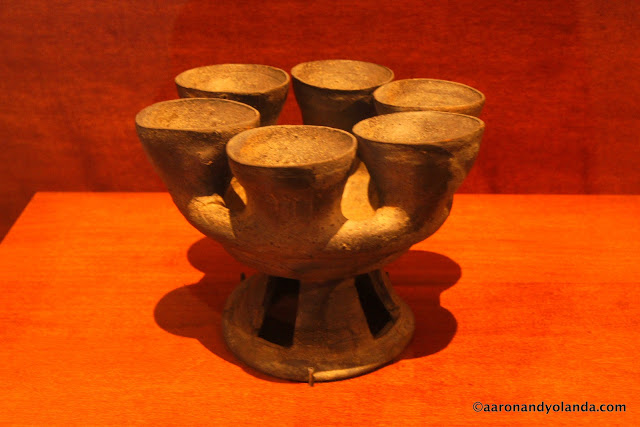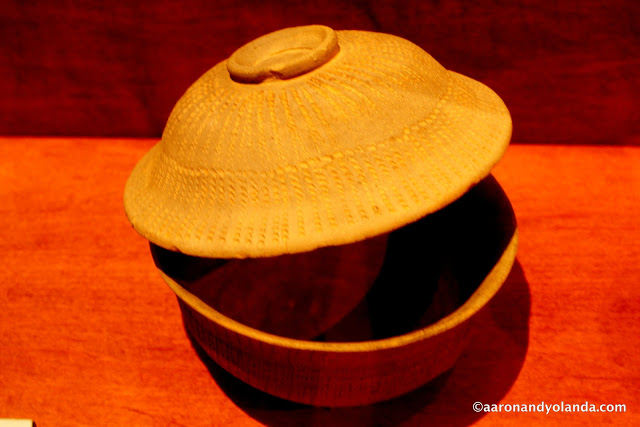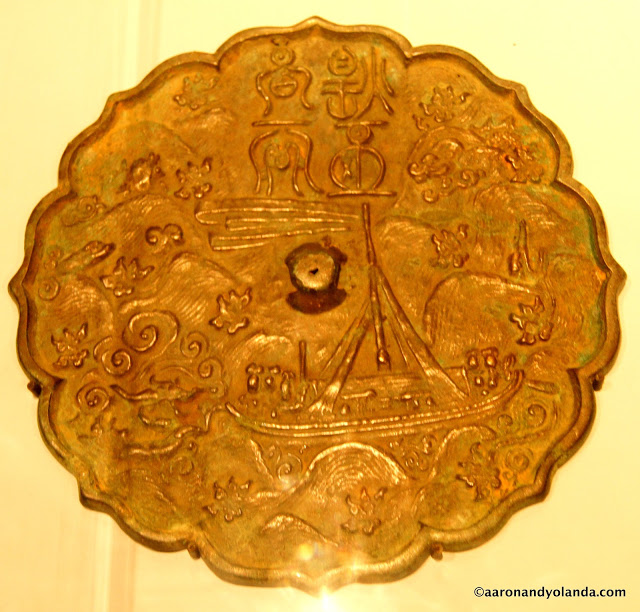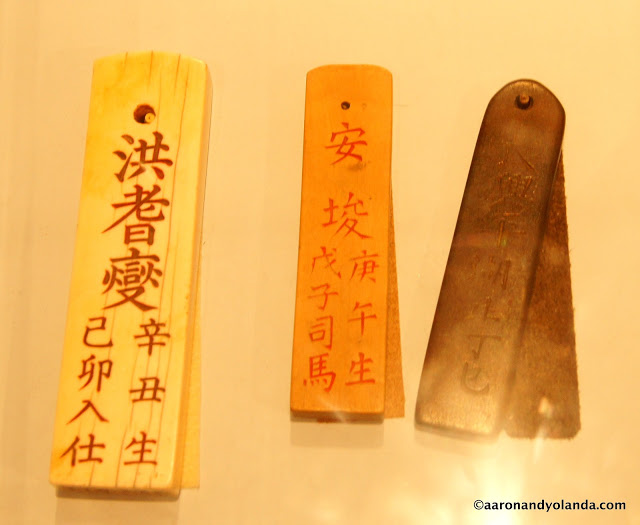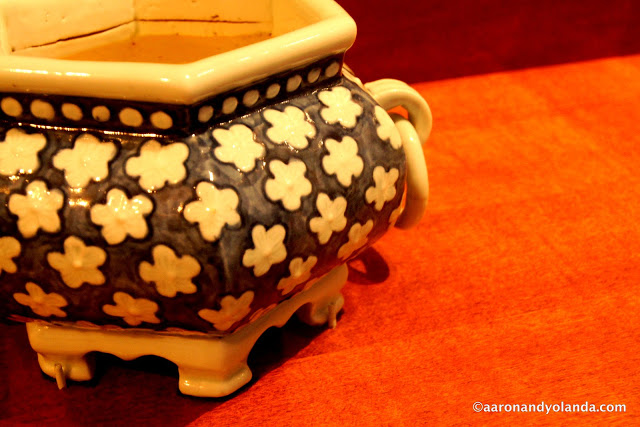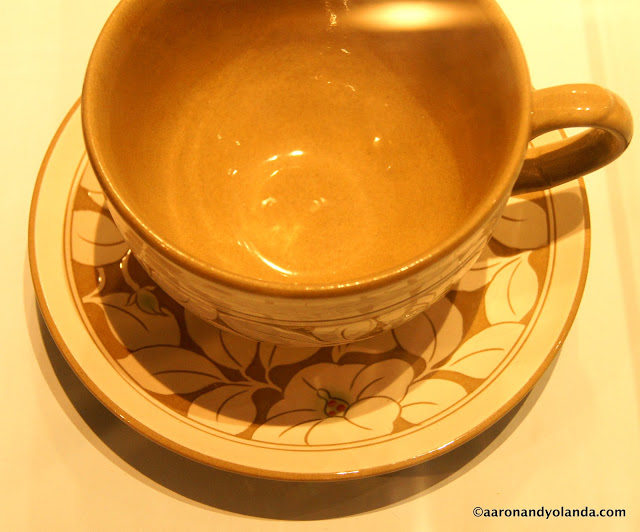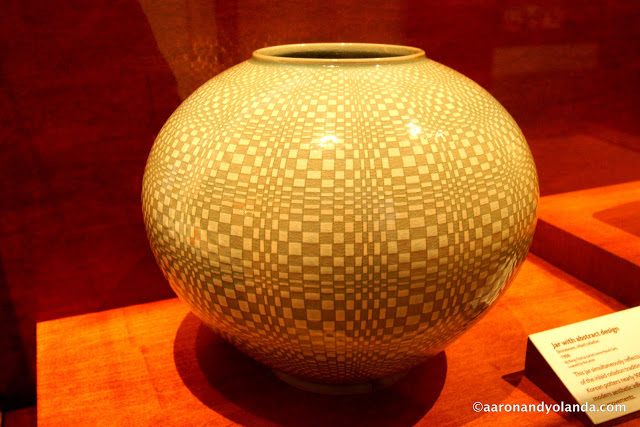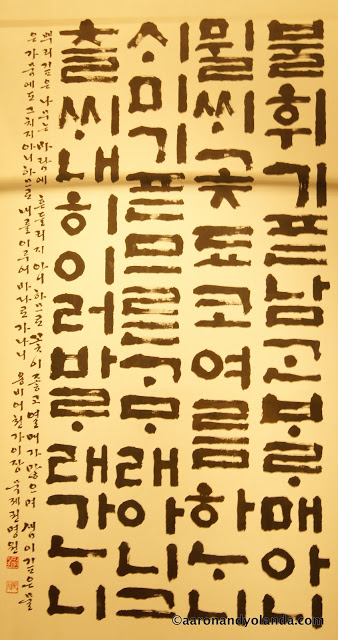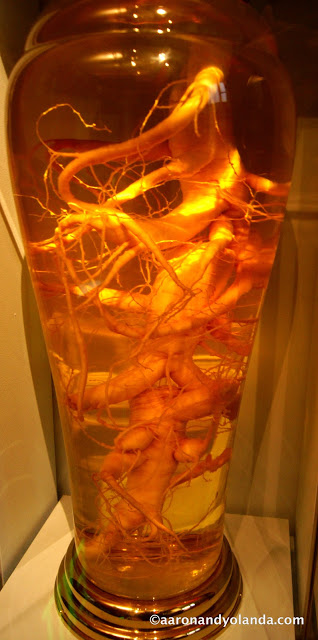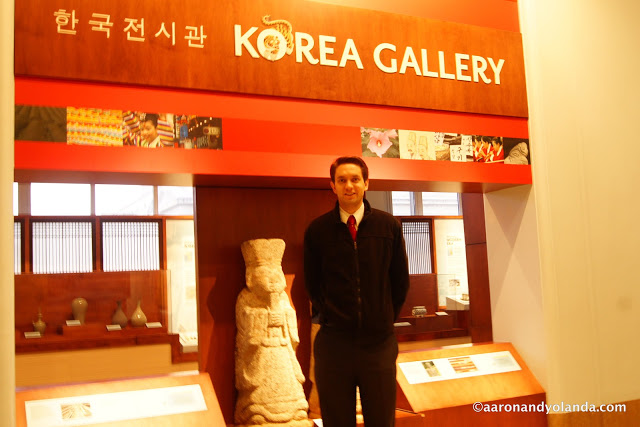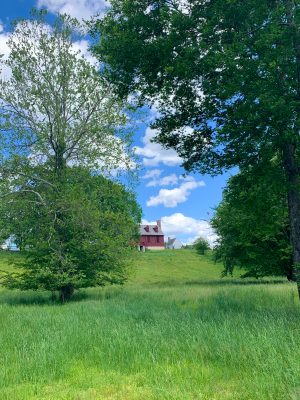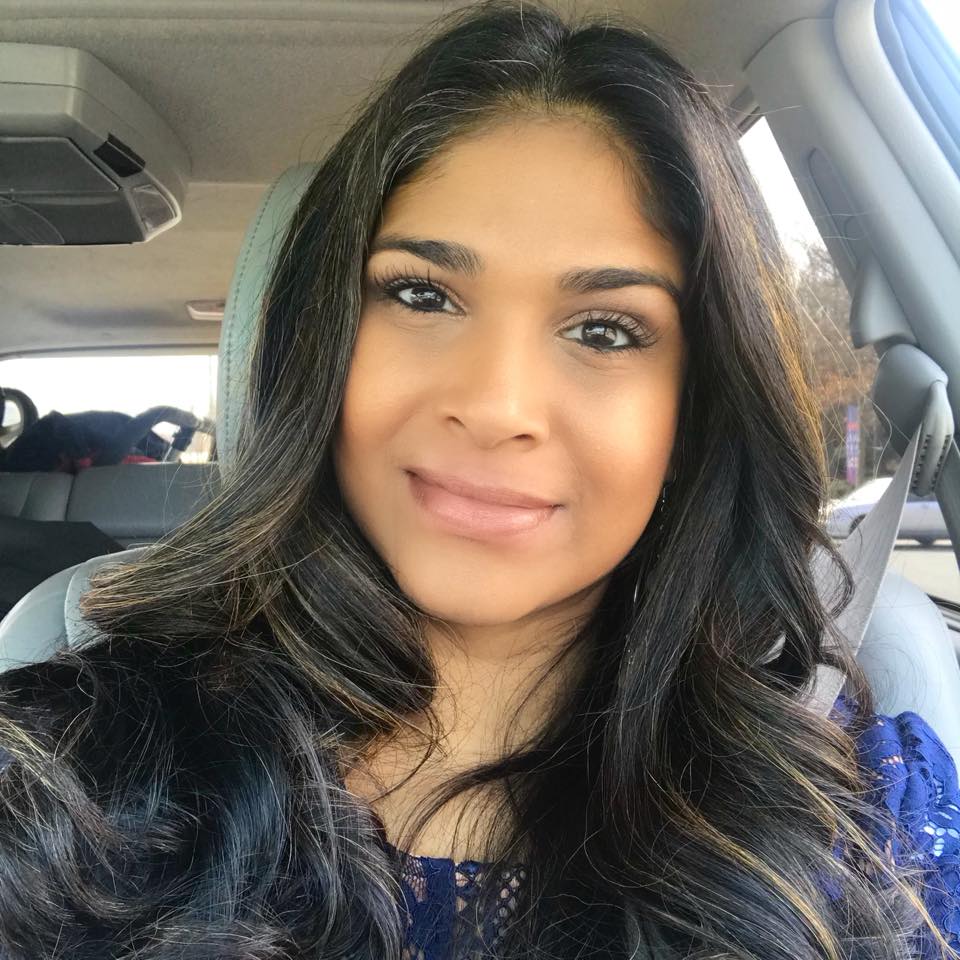Our New Year started off on the right foot…well, literally. After a delicious breakfast of oatmeal with lots of yummy things added to it, Aaron and I set off on our year of adventure – well, at least the day. Hey, that should be the title of our goal – Our Year of Adventure! I digress.
This morning, we had every intention of going to the National Archives in DC to see the rare showing of the original Emancipation Proclamation. Well, it looked like the whole of the tri-state area got wind of this too. When we pulled up to the building, the lines of people, standing in the cold, and fidgeting about to stay warm, snaked all around the building. Nevertheless, undaunted, we actually found parking in the city, and walked two blocks back to the Archives. Upon enquiring, the nearly frozen, human icicles responded that they had been waiting for an hour and a half already and were not sure when they would get in. Enough said. We can wait till next year to see it 
So we headed into the climate-controlled confines of the Natural History Museum. It had been over a year since we had been to this museum, so we decided to drop in. Actually, it was more because it was the first major building we came across and it was open, so we went in to get out of the cold. We were, however, in our exploratory mood, so we stayed to check out an exhibition or two.
The first one we came across was the Korea Gallery. It was a smallish tribute to the Korean culture. It displayed Korean ceramics, bridal gowns, pottery, paintings, and the like. We liked wandering through it and learning a bit about this country, whose food I love—mostly, bibimbap and bulgogi. It was a lovely little exhibition.

Korean weddings celebrate a courtly past. Many of the gorgeous clothing you see originated in the Joseon dynasty (1312-1910). During that time, only the members of the court, shamans, and performers would dress up in colorful costumes, and commoners had to wear white.
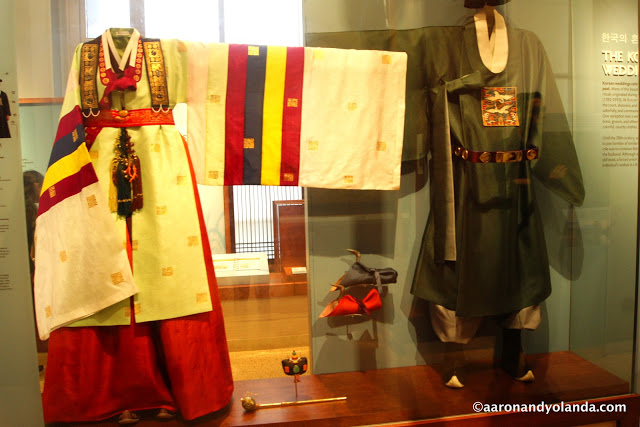 |
| Korean Wedding Outfits |
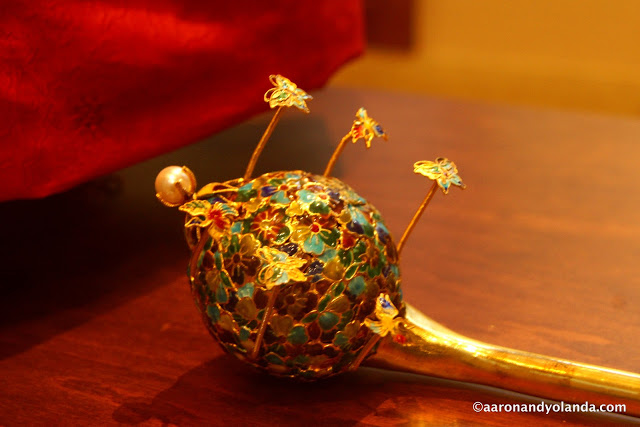 |
| Korean Jewelry |
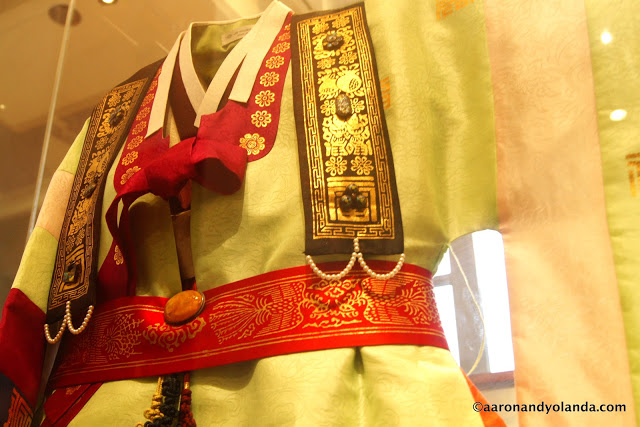 |
| The Bridal Gown |
Unlike this day and age, weddings in Korea were meant to join families of similar status. The bride’s role was to continue the ancestral lineage of the husband. Although arranged marriages still exist, a forced union against the individual’s wishes is a thing of the past. (Taken from the Natural History family.)
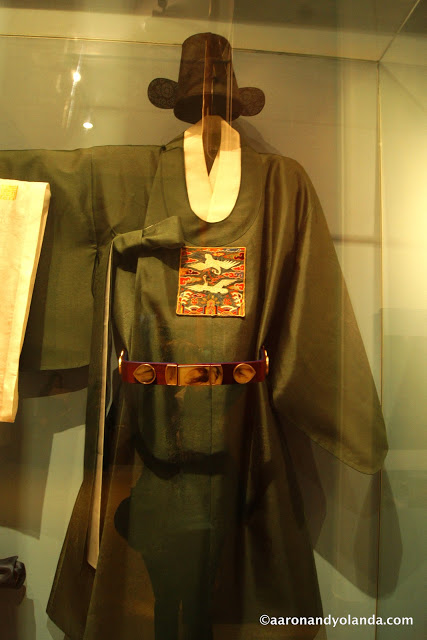 |
| The Groom’s Gown |
The man’s wedding gown does pale in comparison to the bride’s dress, n’est pas?
This pot was excavated from a Silla tomb and was made in 5th-6th century. It is presumed to have held a food offering.
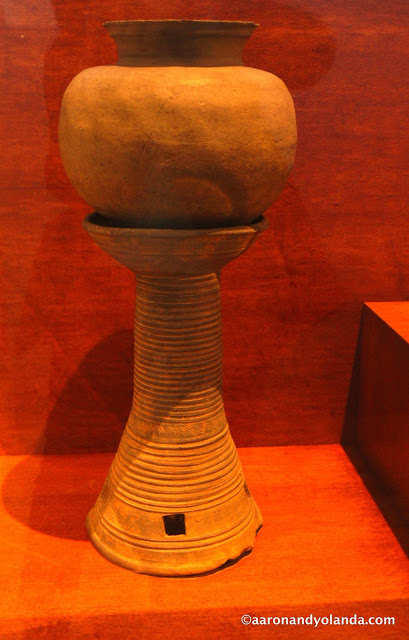 |
| Add caption |
This is an oil lamp, also from the same time period as the pot.

